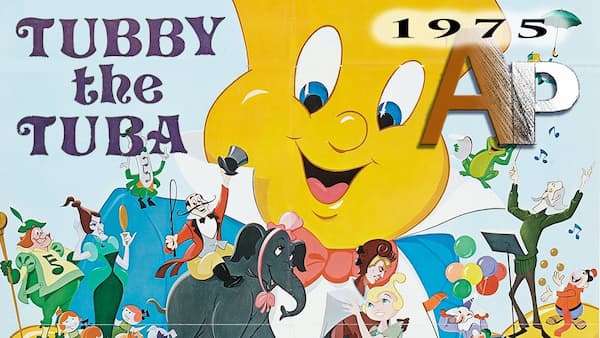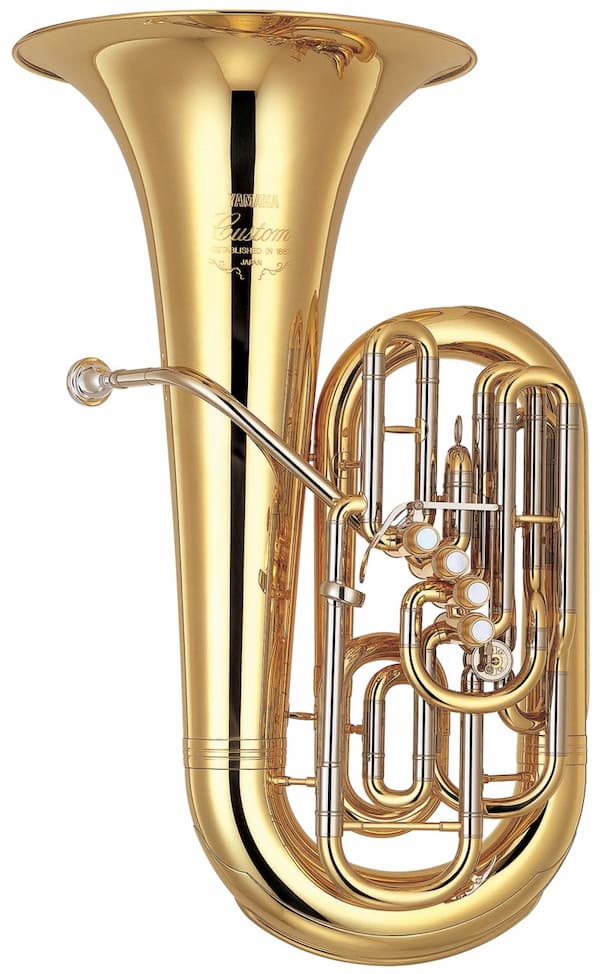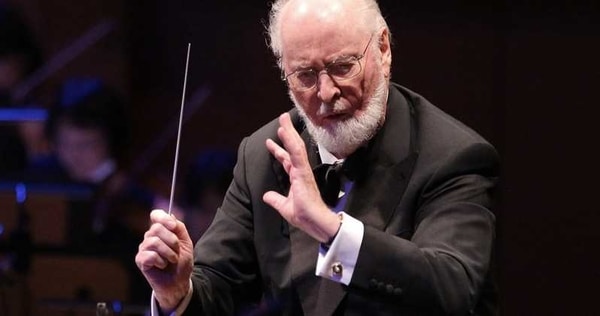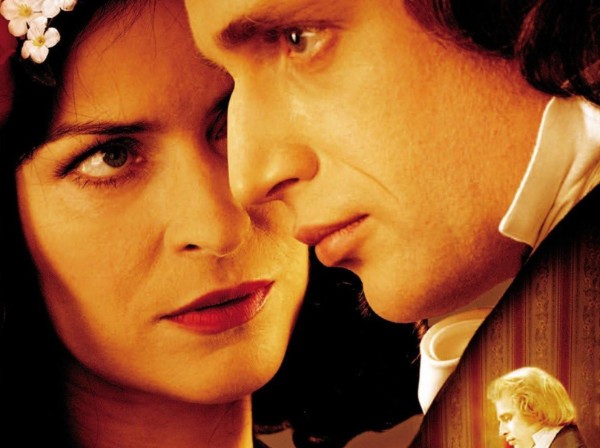The tuba is the heavyweight champion of the brass family. With a bell big enough to double as a satellite dish and a sound that could wake a hibernating bear, this glorious instrument is the musical equivalent of a foghorn with a sense of humour.

Tuba
Lumbering, lovable, and ready to steal the show with a deep and resonant oom-pah, the tuba loves puffing out basslines that rumble your ribcage or occasionally features as a solo instrument.
Big and brassy, the tuba has a larger-than-life personality and thunderous charm, and since we celebrate “National Tuba Day” on 2 May, we decided to make the tuba the star of this article.
Tubby the Tuba

Tubby the Tuba
Some of you might remember the beloved children’s story “Tubby the Tuba.” Created by the librettist Paul Tripp and composer George Kleinsinger, the story follows Tubby, a tuba who feels overlooked in his orchestra.
Tubby is relegated to playing repetitive oom-pah basslines while other instruments get the spotlight with beautiful melodic lines. Yearning for a chance to shine, Tubby embarks on a journey of self-discovery, ultimately finding his own melody with the help of a friendly bullfrog.
Tubby the Tuba
Ralph Vaughan Williams: Tuba Concerto

Yamaha Bass Tuba
Generally, most people would not think the tuba capable of being a solo instrument, but of course, it can be. For the 50th anniversary of the founding of the London Symphony Orchestra in 1954, the orchestra’s principal tuba, Philip Catelinet, asked Vaughan Williams to write the first concerto for the tuba.
Some people declared the tuba unfit for virtuoso performance, and one spiteful commentator wrote, “it sounded like a whale being strangled by a giant squid.” However, Vaughan Williams put considerable effort into studying the capabilities of the instrument, and while some elephantine humour was exploited in the first movement, the slow movement had a principal theme of lyrical beauty.
Ralph Vaughan Williams: Tuba Concerto “Prelude, Romanza”
Viet Cuong: Tuba Concerto

Viet Cuong © Aaron Jay Young
Vaughan Williams was the first composer to take on the tuba as a solo instrument, and he certainly wasn’t the last. Concertos for the tuba continue to be written, and that includes a lovely composition by the Vietnamese-American composer Viet Cuong. Born in California and raised in Georgia, Cuong’s cultural background and exposure to diverse musical traditions have shaped a distinctive voice.
His Tuba Concerto was commissioned in 2019, exploring the instrument’s role as a foundational bass voice. He uses a repetitive chaconne in the outer movements to highlight how bass lines can transform into melodic material. And just listen to that gorgeous, slow, and lyrical central movement with the tuba singing expressively.
Viet Cuong: Tuba Concerto (Justin Benavidez, tuba; Florida State University Wind Ensemble; Patrick Dunnigan, cond.)
John Williams Concerto for Tuba and Orchestra

John Williams
We all know John Williams as the composer of the iconic film scores for Star Wars, Jaws, and Harry Potter. Beyond film scores, Williams has also composed symphonic pieces and concertos for violin, horn, and tuba.
His Tuba Concerto was commissioned by the Boston Pops Orchestra and dedicated to the principal tubist Chester Schmitz. It premiered in 1985, and the three connected movements showcase a blend of cinematic flair and classical depth. It also presents the tuba’s versatility, challenging its stereotype as a mere supporting instrument with a blend of lyricism, agility, and wit.
In the end, these concertos prove that the tuba is no mere oom-pah machine. It might be an instrumental underdog that roars and occasionally sings, but it is certainly capable of stealing the spotlight.
For more of the best in classical music, sign up for our E-Newsletter


